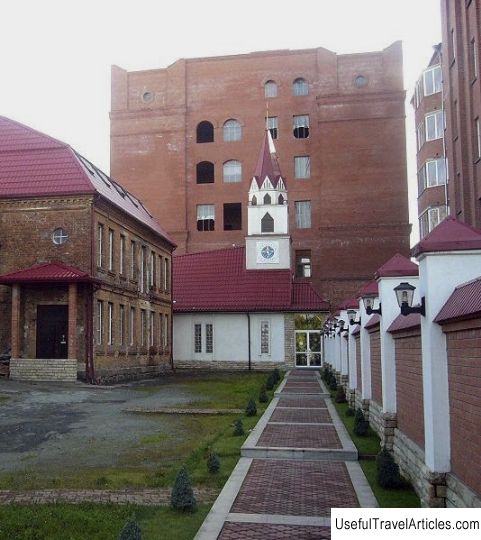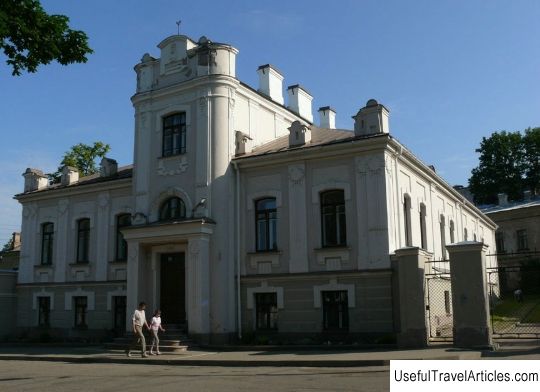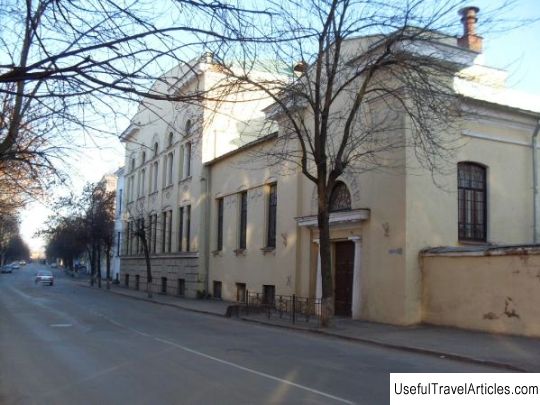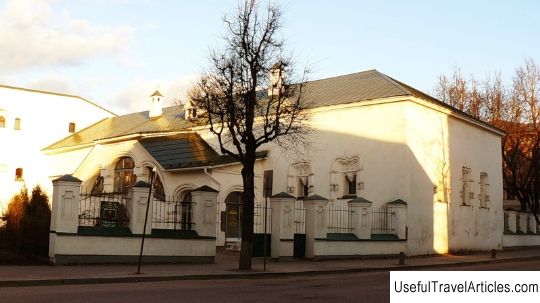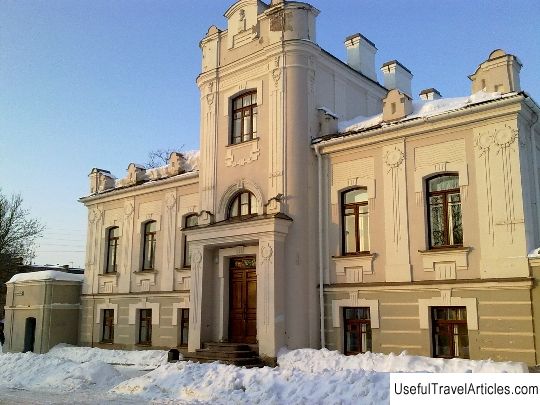Pogankin Chambers description and photos - Russia - North-West: Pskov
Rating: 8,2/10 (450 votes) 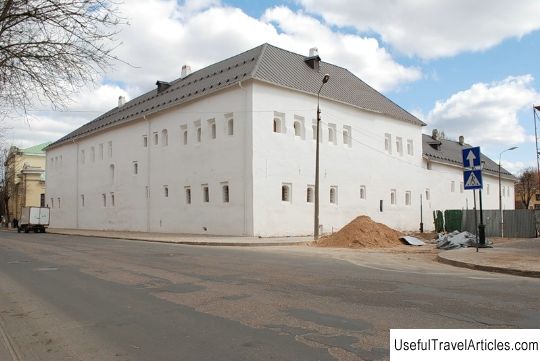
Pogankin Chambers description and photos - Russia - North-West: Pskov. Detailed information about the attraction. Description, photos and a map showing the nearest significant objects. Photo and descriptionPogankin chambers are a Pskov architectural monument of the 17th century. The exact time of the construction of this building is unknown. According to some sources, this is 1670-1780, others claim that this is the first third of the 17th century. Sergei Ivanovich Pogankin built the chambers and was their first owner. He was a wealthy high-ranking merchant who conducted successful trading activities not only in the territory of Pskov and the province, but throughout Russia, and even beyond its borders. Pogankin processed and sold flax, leather, bacon, hemp, etc. His son and grandson lived here. In 1711, after the death of Grigory Yuryevich Pogankin, the last representative of the family, according to his will, all the property of the Pogankins was transferred to the church, including the building of the chambers. In 1747, the premises were purchased by the state treasury. After that, the provisional and later artillery warehouses of the military department were located here. Already in 1900, by decree of Tsar Nicholas II, the building was transferred to the Pskov Archaeological Society, and in 1902, after renovation, a historical museum was opened in the building. The building itself, after the interruption of the Pogankin family, was repaired and restored many times. Initially, the building consisted of three parts. The first, largest, three-storey part was made of stone and was intended for the owner's residence. The second, smaller one, is for another family member, and the third, one-story one, is for household needs. The stone part of the chambers has survived and has survived to this day without significant changes. The facades of the buildings are characterized by simplicity and rigor. There are no gorgeous and pretentious decorations here. However, the interior of the estate stood out for its special beauty and wealth. Tiled Russian stoves, later reconstructed and restored, testify to the former luxury of the dwelling. Decorated with colorful tiles with bizarre reliefs, these stoves are a true work of art. They were laid out in every room and every hall, except for the vestibule and utility rooms. Other attractions are carved tables with curly legs and benches. Rich icons with gilded icon cases and icon lamps were an integral part of the dwelling, reminding the owners of the vanity of the world and eternal life. The outbuildings were one-story, their windows and doors only faced the courtyard. Today in the Pogankin Chambers is a historical, art and architectural museum-reserve. During the Second World War, the collection of the museum was badly damaged, some of the exhibits were irretrievably lost. And yet, the exposition and storage of the museum is a real treasure. The building gives an idea of the internal structure of the medieval Pskov dwelling, and in the halls of the museum you can get acquainted with the history and culture of the Pskov region. The main part of the museum collection is archaeological finds, as well as old books, manuscripts, icons and silver from churches and monasteries of Pskov. The collection of silver items is interesting. In addition to the usual exhibits, there are items from the treasures found in the territory of the Pskov region, buried by the rich people of the Middle Ages. The historical department of today's museum tells about the life of the Pskov region, from the Neolithic period to the present. Its exhibits are objects of culture and everyday life of the 11th-12th centuries, products of Pskov folk craftsmen, etc. In addition, items of weapons and equipment, historical evidence of the defensive role of Pskov are exhibited. The museum also has a unique exhibition dedicated to the ancient Pskov painting of the 14-17 centuries, the fine arts of Russia and Western Europe of the 18-19 centuries. As you know, the Pskov school is a special phenomenon in Russian culture. She used original forms, techniques, colors and composition. The Pogankin Chambers are the architectural, historical and cultural heritage of Pskov, a panorama of the cultural and spiritual life of the people of this region.          We also recommend reading Blue stone description and photo - Russia - Golden Ring: Pereslavl-Zalessky Topic: Pogankin Chambers description and photos - Russia - North-West: Pskov. |
